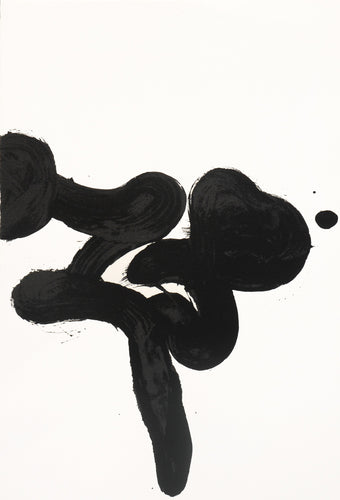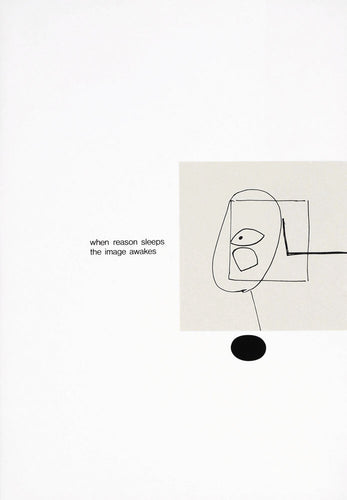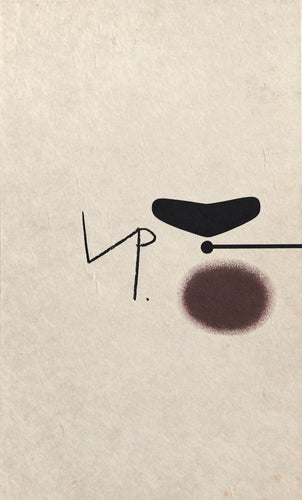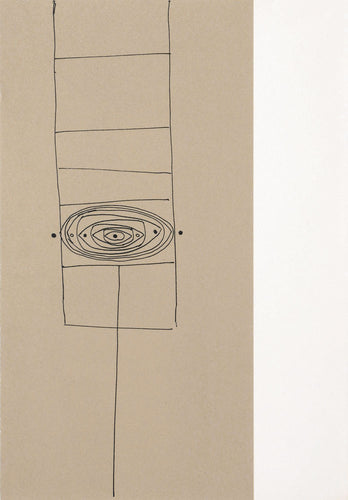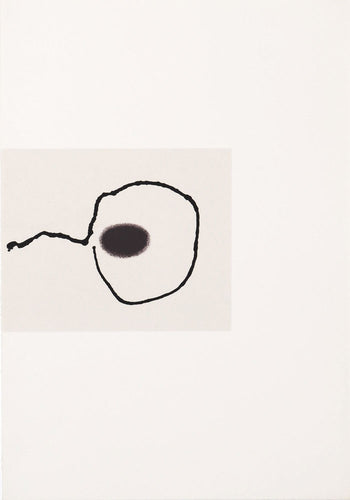With a life spanning the 20th century, Victor Pasmore was witness to the monumental changes within the art world of the last hundred years.
The wave of abstract art and its accompanying theories that swept through Europe and America until its mid-century peak changed many young artists' outlooks irrevocably. Pasmore's own grappling with abstraction, for which he is best known and which he began quite unexpectedly in the latter half of his life, anticipated a rush of British abstract art produced in the post-war 1940s and '50s and secured his reputation as a master of artistic composition.
 abstraction of form - Pasmore was one of many British artists to embrace the abstract movement
abstraction of form - Pasmore was one of many British artists to embrace the abstract movement
In contrast to his dramatic embrace of the abstract movement, Pasmore's early art career was slow. Born in Surrey 1908, from 1927 he worked for ten years as a clerk for London County Council, only in the evenings giving art his attention whilst attending classes at the Camberwell School of Art. Gradually painting became the dominant force in Pasmore’s life, and after success in the avant-garde Objective Abstractions exhibition at the Zwemmer Gallery in 1934 he began to focus on an artistic career.

 Pasmore's combinations of colour, shape and especially line make for powerful abstract imagery in these three prints
Pasmore's combinations of colour, shape and especially line make for powerful abstract imagery in these three prints
In 1937 Pasmore co-founded the influential Euston Road School which sought to teach objective realism in painting, though the venture was soon put on hold with the advent of the Second World War. Though Pasmore was a conscientious objector, the Local Tribunal refused to recognize his status and in 1942 he was called upon for military service. Refusing orders, he was swiftly court-martialled and sentenced to 123 days imprisonment in a military centre.
 'sudden and total': Pasmore's turn to the abstract took inspiration especially from the linear work of Klee
'sudden and total': Pasmore's turn to the abstract took inspiration especially from the linear work of Klee
As if fundamentally affected by the disruption of this wartime period, Pasmore emerged from the conflict to engage upon a major reappraisal of his artistic style. His abandoning of visual representation was sudden and total; in 1947, he began to explore purely geometric shapes and cubist figures, soon turning to the purely abstract with great inspiration from Kandinsky, Mondrian and especially Klee and revealing his first abstract paintings in a one-man-show at the Redfern Gallery only a year later.
 'the most revolutionary event in post-war British art' - Herbert Read
'the most revolutionary event in post-war British art' - Herbert Read
So sudden and substantial a change as this was certainly profound for the artist, and so too for the art world: to the esteemed critic Herbert Read, Pasmore’s foray into abstraction represented the most revolutionary event in post-war British art, heralding a general move towards abstract styles amongst many of Pasmore’s contemporaries and establishing him as Britain’s preeminent abstract artist.
 explorations of printing techniques brought Pasmore to the screenprint, a medium in which he excelled
explorations of printing techniques brought Pasmore to the screenprint, a medium in which he excelled
It was not until the mid-to-late 1960s that Pasmore began working with other visual media, particularly printmaking, and with further experimentation from 1965-74 he produced the extended screenprint series Points of Contact. Unlike the geometric shapes of his earlier paintings, these employed organic lines, spirals, waves and shapes. Flat bodies of colour juxtapose with hazed, sprayed background forms, contributing to a bizarre visual language far removed from many of his pre- and immediately post-war pictures. Underpinning these seemingly disparate images was a fundamental knowledge of composition developed through the figurative work of his early career. Each screenprint reveals a linear narrative in Pasmore's use of form, a rhythm between colour blocks and wandering lines that is largely responsible for their success.
 a drawing dated 1948, the same period in which he was embracing abstract art, evidences Pasmore's figurative draughtsmanship
a drawing dated 1948, the same period in which he was embracing abstract art, evidences Pasmore's figurative draughtsmanship
Pasmore’s brother, Stephen, has commented at length in volumes on his work, discussing the issue of how abstraction works as a vehicle for artistic expression. In the past, artists had expressed themselves through representation of the visual world: the task of the abstract painter today, he has written, is different because he is striving to express beauty without recourse to the inherent appeal to natural forms.

 '[the abstract painter today] is striving to express beauty without recourse to the inherent appeal to natural forms'
'[the abstract painter today] is striving to express beauty without recourse to the inherent appeal to natural forms'
When Pasmore died in 1998, at the age of 89, he left behind him a legacy as one of Britain's most powerful makers of truly abstract art. In the latter years of his life, Stephen referred to his brother alongside the abstract artists who inspired him as the ‘music-makers’; for just as Kandinsky and other synaesthetes brought music, sound and colour together, Pasmore composed forms and colours in his prints which resonate within their compositions.


